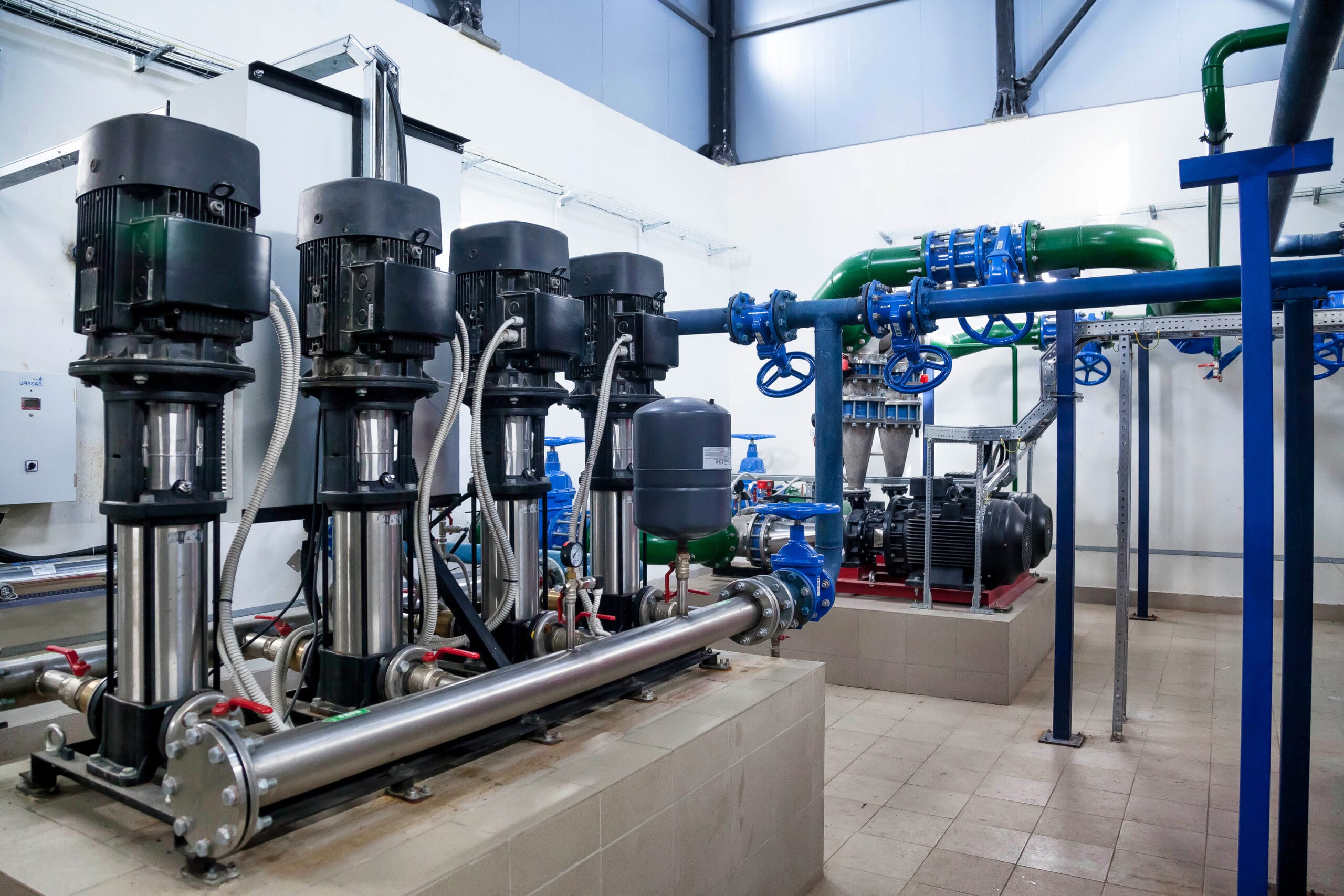Electrical safety mats, also known as earthing mats, play a crucial role in protecting workers from electrical hazards in high voltage engineering environments. These insulating mats are designed to reduce the risk of step and touch potential, providing a safe working surface for personnel operating near electrical equipment. Ensuring effective earthing is essential for minimizing the risks associated with electric shocks, equipment damage, and operational failure.
Step and Touch Potential Mitigation
Step and touch potential mitigation is crucial for ensuring safety in high voltage environments. These hazards occur when a person touches or steps near equipment with a different electrical potential, creating the risk of current passing through their body. Key techniques for minimizing this risk include:
- Reducing grounding system resistance: Lowering the ground potential rise minimizes dangerous voltage differentials.
- Installing proper grounding and bonding: This equalizes potential differences across surfaces, reducing risks.
- Adding resistive surface layers: Materials like crushed rock or asphalt create insulation that limits the path for dangerous currents.
- Using low-resistance grounding systems in high-resistance soils: In regions with poor conductivity, specialized grounding systems help ensure safety.
- Implementing protective barriers and increasing safety distances: Physical barriers and distance can minimize accidental contact with high-potential areas.
- Wearing electrical hazard shoes: These shoes provide additional protection by insulating the wearer from the ground, particularly in dry environments.
In addition to these strategies, regular maintenance, inspection, and personnel training are vital for minimizing risks. Ensuring that staff are aware of the hazards and properly equipped is key to preventing accidents. Routine checks on grounding systems, insulating mats, and other safety equipment ensure that they remain effective over time.
Comparative Analysis of Insulating Mats
Electrical insulating mats are essential for workers in high voltage environments, and they are classified into different categories based on their voltage resistance capabilities and compliance with international standards. The IEC 61111 standard defines five classes of insulating mats, ranging from Class 0 to Class 4, with increasing thickness and voltage protection:
- Class 0: 2.0 mm thick, maximum working voltage of 1000V.
- Class 1: 2.0 mm thick, maximum working voltage of 7500V.
- Class 2: 3.0 mm thick, maximum working voltage of 17000V.
- Class 3: 4.0 mm thick, maximum working voltage of 26500V.
- Class 4: 5.0 mm thick, maximum working voltage of 36000V.
These mats are color-coded for easy identification, with red for Class 0, white for Class 1, yellow for Class 2, green for Class 3, and orange for Class 4. Selecting the right insulating mat is essential, as it must align with the specific voltage requirements of the work environment. Compliance with international standards, such as IEC 61111:2009 or BS EN 61111:2009, ensures the mats provide adequate protection.
Common Earthing Issues and Solutions
Despite the importance of earthing systems, several common problems can arise, compromising safety:
- Corrosion of grounding conductors: Over time, ground conductors can corrode, reducing their effectiveness. Regular inspections and the use of corrosion-resistant materials can prevent this.
- Inadequate grounding in high-resistance soils: In areas with poor soil conductivity, such as dry or rocky regions, achieving a low-resistance ground can be difficult. Specialized techniques, like using chemical grounding rods, can help reduce resistance.
- Faulty installation: Poor installation of grounding systems can lead to high resistance or inadequate protection. Ensuring that qualified professionals design and install these systems is crucial.
Addressing these issues requires ongoing monitoring and timely maintenance to ensure that grounding systems perform as intended.
Technological Advancements in Earthing Systems
Advancements in earthing technology are continually improving the safety and reliability of grounding systems. One such innovation is the introduction of smart monitoring systems that can automatically detect faults in real-time. These systems provide continuous surveillance of grounding systems and can alert personnel to potential issues before they become serious hazards.
In addition, new materials for insulating mats have been developed, offering greater durability and higher resistance to wear and tear. These advancements make mats more reliable in harsh conditions, ensuring ongoing protection for workers.
Earthing Systems for Fault Isolation
IT (Isolated Terra) systems are designed to provide superior fault isolation and continuity of service in high-voltage environments. In an IT system, all live parts are isolated from earth or connected through high impedance. This configuration offers several key advantages:
- Allows operation to continue after a single earth fault: This ensures that critical systems remain functional even if a fault occurs.
- Mandatory insulation monitoring: This helps detect faults early, allowing for immediate action to prevent dangerous conditions.
- Limits fault currents: By reducing fault currents, the risk of electric shock is minimized.
- Enables fault location without shutdown: This allows for maintenance and fault-finding without having to shut down critical systems, reducing operational downtime.
- Provides increased protection for personnel: Lower fault currents reduce the likelihood of injury during electrical faults.
However, IT systems require more maintenance than other earthing systems and generally have higher earth fault loop impedance, meaning that care must be taken to ensure these systems are properly maintained. They are particularly common in critical environments such as intensive care units and railway signaling, where power supply interruptions could have serious consequences.
Summary
High voltage earthing safety is a critical aspect of protecting workers and ensuring the smooth operation of electrical systems in hazardous environments. Techniques such as step and touch potential mitigation, the use of electrical safety mats, and fault isolation systems like IT configurations play vital roles in minimizing risks. Insulating mats classified according to international standards provide necessary protection, while advancements in monitoring and materials help improve system reliability.
To maintain safety in high-voltage environments, it is essential to keep earthing systems well-maintained, regularly inspected, and compliant with relevant standards. By implementing proper earthing strategies and staying updated on technological advancements, organizations can ensure both personnel safety and uninterrupted service in critical electrical infrastructure.













